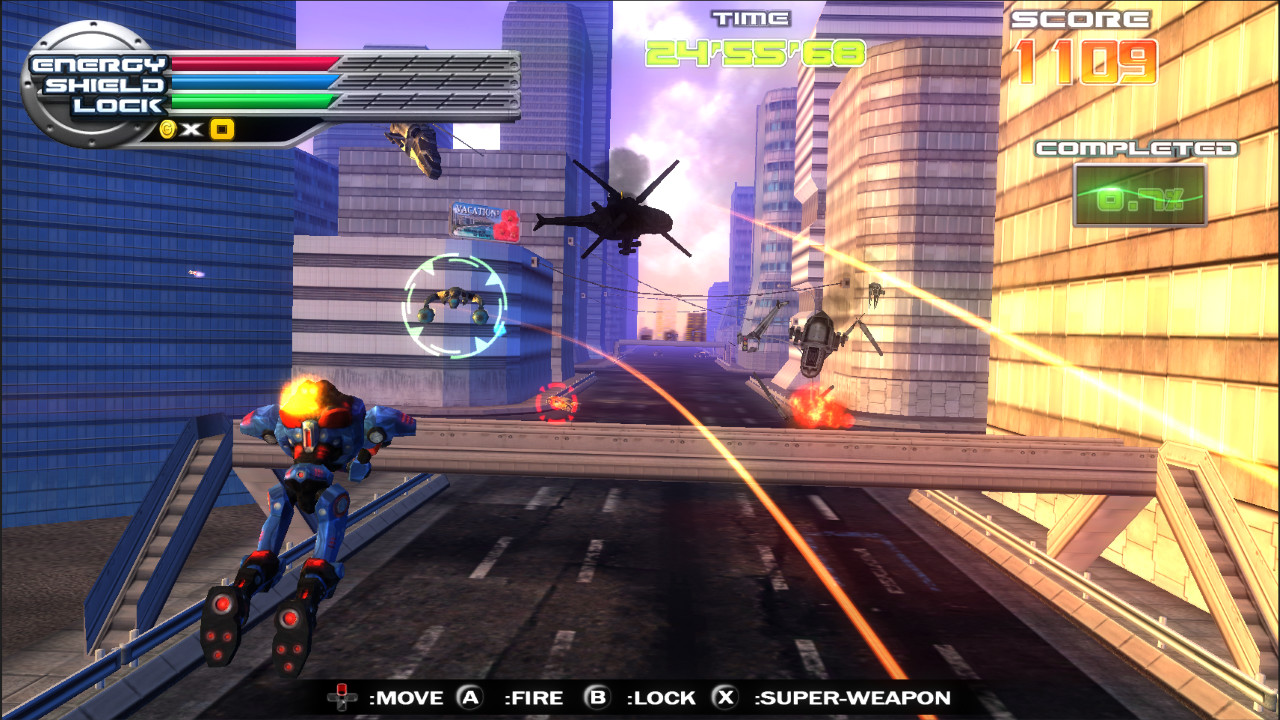
Back in 1996, my 12-year-old mind was blown by the sudden expansion of expectations ushered in by just this one map - the idea that games now had the power to subvert familiar, learned mechanics in an instant, that they could effectively remix elements of themselves to generate entirely new experiences level-to-level. If Quake’s sprite-usurping-polygon technology can be compared to the leap from acoustic to electric guitar, Ziggurat Vertigo is akin to stamping on a distortion pedal for the first time. In hindsight, Ziggurat Vertigo represents a real “What if?” moment, a sneak peek at where the FPS would be taken in years to come. Once players acclimatised to Quake’s new-era-heralding sense of physical presence, competitors built on older technology, no matter how unique or expansive their feature sets, suddenly seemed flat - almost like faked-perspective fairground shooting galleries - by comparison to the more solid environment offered by id. Quake signaled the beginning of the end for sprite-based shooters, with the last such major games - among them Exhumed/Powerslave, Blood, Shadow Warrior, Redneck Rampage and LucasArts’ Outlaws - all arriving within a year of release. Swapping enemy and weapon sprites for polygon models, alongside the ability to look around without experiencing the kind of immersion-breaking visual distortion which plagued other FPS engines simulating true 3D, gave a then-startling impression of tangibility to Quake’s world. The impact of Quake’s real-time lit, 360-degree polygon environment was only amplified by the low-gravity novelty: here was a world which could be bent and twisted, but interactions between the player, enemies, objects and the environment remained consistent.ĭespite previous shooters - notably 1995’s Descent - having already made the leap to fully-3D worlds, Quake’s powerful underlying technology coupled with id’s customary smart level design, solid multiplayer experience and none-more-satisfying gunplay made it the new benchmark. Aside from offering a unique challenge, Ziggurat Vertigo also functions as a tantalising glimpse at the possibilities of a then-unmatched engine - technology which would go on to power several games over the following few years, and the form the basis of GoldSource, the tech which the revolutionary Half-Life was built on.īy simply tweaking gravity parameters for the purposes of one level, id not only demonstrated how flexible, robust and capable of surprising its engine was, but also how technically outclassed the competition - notably Duke Nukem 3D’s sprite-based Build engine - had immediately become. Id’s genius is in its frugal use of the low-gravity gimmick - Ziggurat Vertigo is the only map in both the shareware and retail releases to feature such an environment, and the relatively simple level can easily be blasted through in ten or 15 minutes, ensuring its unique concept remains an enticing anomaly, never diluted by repetition. Initially, I only played it thanks to sneaky level selecting via the drop-down console.



It’s quite possible many of these players never stumbled upon Ziggurat Vertigo in the game’s heyday without the aid of an FAQ. Though the internet access was gaining popularity by the time of Quake’s 1996 launch, many players - including myself back in the day - would have still been offline, obtaining the shareware version from magazine cover discs. The game’s first episode is arguably its best, and Ziggurat Vertigo a particular gem: it seems almost unthinkable from a marketing point of view now that a developer would give away such a satisfying portion of its AAA game for keeps - less a taster, more a main course on the house - while not only throwing in one of its most interesting, original maps, but also deliberately hiding it.
#Ziggurat 2 multiplayer for free#
Quake emerged at the tail end of PC developers offering huge chunks of game for free as a temptation to purchase registered versions - back then, you could own a respectable library of substantial (in particular, first person-shooter) episodes without paying a penny. While limited game demos still persist and free-to-play weekends allow brief access-all-areas experiences, shareware seems like something of an odd concept today.


 0 kommentar(er)
0 kommentar(er)
